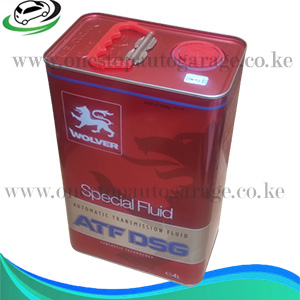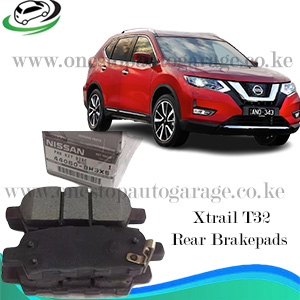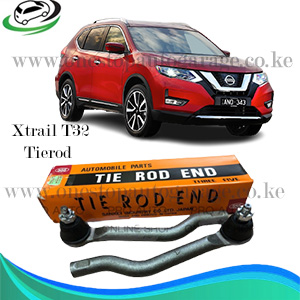-13%
NISSAN X-TRAIL T32 TIE ROD END (555) in Kenya
Find the best prices for Nissan X-trail T32 Tie Rod End in Nairobi Kenya.
The prices for Nissan X-trail T32 is Ksh6500 per set in Nairobi Kenya.
Tie rod ends are integral components of a vehicle’s steering system, connecting the steering linkage to the steering knuckle. They are part of the tie rod assembly, which is responsible for transmitting steering input from the driver to the wheels. Tie rod ends are found at the outer ends of the tie rods and serve as a crucial link between the steering gear and the wheels.
Functionality:
The primary function of tie rod ends is to facilitate the pivotal connection between the steering system and the wheels, allowing for the controlled and precise turning of the vehicle. As the steering wheel is turned, the rotational force is transmitted through the steering linkage to the tie rod ends, which, in turn, translate this motion into the wheels’ turning action.
Components and Construction:
A typical tie rod end consists of a threaded rod with a ball-and-socket joint at one end. The ball joint is encased in a housing, and a grease fitting allows for lubrication to minimize friction and wear. The threaded portion of the tie rod end connects to the inner tie rod, while the ball joint connects to the steering knuckle.
Materials used in tie rod ends are often high-strength steel or alloy, chosen for their durability and ability to withstand the significant forces and stresses they experience during steering and suspension movements.
Importance of Tie Rod Ends:
- Steering Precision: Tie rod ends play a critical role in maintaining steering precision. As the driver turns the steering wheel, the tie rod ends ensure that this input is accurately and smoothly transmitted to the wheels, allowing for controlled and responsive steering.
- Alignment Stability: Tie rod ends are essential for preserving proper wheel alignment. They help prevent the wheels from toeing in or out excessively, ensuring that the tires wear evenly and the vehicle travels straight and true.
- Safety Assurance: The safety of a vehicle is closely tied to the proper functioning of tie rod ends. In the event of a failure or excessive wear, steering control can be compromised, leading to handling issues and an increased risk of accidents.
- Tire Wear Prevention: When tie rod ends are in good condition, they contribute to even tire wear. Misaligned wheels, caused by worn tie rod ends, can result in uneven tire tread wear, reducing the lifespan of the tires and compromising safety.
- Handling Performance: Tie rod ends influence the overall handling performance of a vehicle. They contribute to stability during turns and ensure that the vehicle responds predictably to steering inputs, which is especially crucial in emergency maneuvers.
Common Issues and Maintenance:
While tie rod ends are robust components, they are not immune to wear and tear. Common issues include:
- Looseness or Play: Over time, the ball joint in the tie rod end may develop play or looseness. This can result in imprecise steering, vibrations, and clunking noises during driving.
- Boot Damage: The protective boot covering the ball joint is susceptible to damage from road debris, moisture, or wear. A damaged boot can lead to contamination of the joint, reducing its lifespan.
- Wear and Tear: Continuous movement and exposure to road conditions can lead to wear in the ball-and-socket joint. Regular inspection is crucial to identify signs of wear, such as excessive play or visible damage.
- Lubrication Issues: Proper lubrication is essential for the smooth operation of tie rod ends. Lack of lubrication or dried-out grease can accelerate wear and contribute to premature failure.
Regular inspections during routine maintenance checks, including wheel alignments, can help identify potential issues with tie rod ends. When replacement is necessary, it’s advisable to use quality components that meet or exceed original equipment manufacturer (OEM) specifications.
Conclusion:
In the intricate dance of automotive components, tie rod ends emerge as unsung guardians of steering precision, safety, and vehicle control. Their role in translating the driver’s input into the turning action of the wheels is fundamental to the driving experience. Appreciating the importance of tie rod ends underscores the need for regular maintenance, inspections, and timely replacements to ensure the continued safety and performance of a vehicle. These unassuming components, hidden beneath the chassis, are a testament to the meticulous engineering that goes into crafting a reliable and secure means of transportation.



